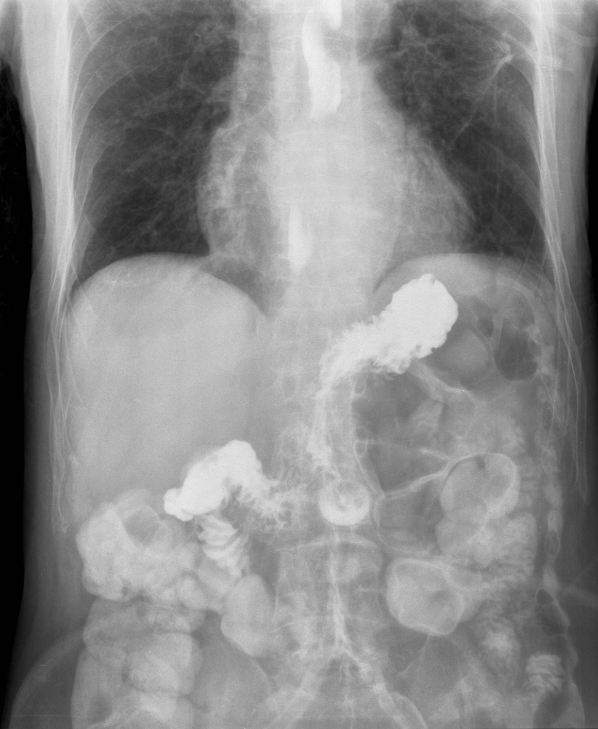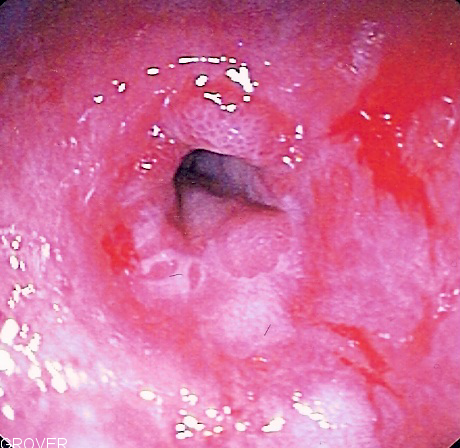The US AF Marathon event happened last weekend. I was supposed to run the 5K, except they
canceled the run due to severe weather (lightning). I was registered to run both the 10K and
Marathon on Saturday morning but decided not to run the Marathon because I had
not completed my training due multiple surgeries this summer.
The Goal:
As a 22 year-old (25 years ago), I ran a 10K in about 56
minutes. Since then I have never even
come close to beating this time.
After getting the surgeon’s approval to resume training in
the last week of August, I’ve been training to beat that time.
My wife and I decided to arrive at least 1 hour early for the 7:30 am start time. The 10K and Marathon shared a start time, while the Half Marathon started 1 hour later at 8:30 am.
It rained a lot the night before and continued raining on and off until about 5 minutes before the race. I went to the race wearing a rain slicker and extra running clothes for warmth. I elected to strip down to just my tank top and shorts for the race. I was cool but not cold in the outfit.
Pre-Race:
Over 15,000 people registered for the Air Force Marathon and the organizers lay the course out on Wright-Patterson Air Force Base. Meaning all 15,000 people must get to the base through just a few gates (I think three gates). It can sometimes take a long time to funnel that many cars through three access points.My wife and I decided to arrive at least 1 hour early for the 7:30 am start time. The 10K and Marathon shared a start time, while the Half Marathon started 1 hour later at 8:30 am.
It rained a lot the night before and continued raining on and off until about 5 minutes before the race. I went to the race wearing a rain slicker and extra running clothes for warmth. I elected to strip down to just my tank top and shorts for the race. I was cool but not cold in the outfit.
Me about 5 minutes before the race
Because this marathon includes pace runners, I found the Marathon pace group that corresponded to my *desired* 10K (the 3:50 hour Marathon / 8:58 min/mile group) and started the race with them
The course:
The first 0.5 - 0.75 miles was very flat (actually part of a runway!). However, the next mile was up hill - about a 190 feet of climb. Then the course alternated between down hill (some pretty steep downhill portions) and flat.
I felt OK at the one mile mark our pace runner called out a 8:56 split (2 seconds faster than intended). I did not have trouble keeping up with the pace group. I worried a little about my heart rate because it had already climbed close to what I thought was my maximum.
About 1.5 miles into the race I began having trouble keeping up with the pace group. I did not have trouble with running at that speed, rather I found myself automatically slowing down to conserve my energy. I felt like I had burned through 2/3 of my energy after only completing 1/3 of the race.
My Run:
I found running with the 8:58 min/mile pace group while on the initial flat stretch of the course (we actually ran on an old taxiway). When we started up the hill (called Loop Rd.), the run became much tougher because on my training runs, I always slow down when climbing hills.I felt OK at the one mile mark our pace runner called out a 8:56 split (2 seconds faster than intended). I did not have trouble keeping up with the pace group. I worried a little about my heart rate because it had already climbed close to what I thought was my maximum.
About 1.5 miles into the race I began having trouble keeping up with the pace group. I did not have trouble with running at that speed, rather I found myself automatically slowing down to conserve my energy. I felt like I had burned through 2/3 of my energy after only completing 1/3 of the race.
Near the two mile mark we crested the long hill and I began to feel *great*. The pace runner called out an 8:52 pace (6 seconds faster than intended). I began pulling ahead of the pace group. After another short uphill stretch we began a steep descent. Normally on down segments and especially steep downhill segments, I slow down to prevent shredding my quadriceps/thigh muscles. However, we were approaching the three mile mark and I knew I needed to pick up my pace a little to finish in my desired time. I felt that I could "tough out" the tired out legs that come from running down hill, so I speed up significantly when going down hill.
During the uphill run, we passed a couple of the wheel chair division Marathon participants. Once we hit the downhill portion, they rapidly caught us. Non-wheel chair participants yelled ahead to the runners in front of the wheel chairs "wheel chair on the left!" All runners yielded to the wheel chair participants and moved over to give them room to pace. This is a courtesy most runners do not extend to other runners. I thought it was neat and it made me feel good to see all participants show consideration for others.
At the bottom of this initial steep hill (about mile 3, 26 minutes into the race) the 10K route and Marathon route split. I got to the split 100 yards or more in front of the pace group. It seemed to me that there were 10 Marathon runners for every 10K runner. Since I registered to run this Marathon I felt very sad that I didn't get to continue with them. On the other hand, my pace was WAY to fast for me to maintain through a Marathon course, so I also felt very glad I only had 3 miles left!
I continued to gradually descend until about mile 4.5 (this is about 38 minutes into the race). This was my race low point. I completed 2/3 of the race but felt completely exhausted. Later I realized this coincided with the lowest elevation of the course and that I had started climbing a low hill again. Since I don't remember climbing a hill, I think its slope was gradual enough to not notice. This reinforced a lesson that I keep relearning, when my body feels like its working hard, it is. It's OK to slow down when your body says it needs it.
The course had a water stop around mile 5. Up to now, I skipped all hydration stops, however, I felt so exhausted I took a Gatorade and walked for about 100 feet to catch my breath. Gatorade contains easily digested carbohydrates (aka sugar) for fast energy. I hoped this would boost my energy levels at the end of the race. Then I resumed running.
With only about 0.5 miles left, I walked again around mile 5.6 and I walked for a longer time (perhaps 100 yards). I used this time to rest and catch my breath again. My heart rate had reached the 186 beats per minute range (the highest heart rate I had recorded during my two years of running was 188) so I felt that I did not have much excess capacity to keep it up.
After the short walk I resumed my run and kept running through the end of the race. During this last half mile I noticed a large group of runners in front of me, which I could not catch and a large group of runners behind me. A few of the runners behind me caught me before the end of the race. However, at the 6 mile mark, I felt I had enough energy left to "sprint" at the end. Over the last 0.2 miles, I caught almost everyone that had passed me over the prior 0.3 miles.
The results:
My Heart Rate monitor record of the race
My heart rate monitor recorded my highest heart rate ever since I've kept track. Even higher than the two stress tests I've taken under doctor supervision. My stress test maximum heart rate was 176. During this race, I hit 196! After completing the run my heart rate started recovering from my 196 peak almost immediately, it probably dropped to 185 range before I finished walking through the finisher's chutes (below).
Looking like I worked really hard but not as spent as I was after the Marathon!
On Saturday, I ran the 10K in 54:30 “crushing” the PR I set
as a 22 year-old! I’ll attach some
pictures of the event as I get them from my wife.
Official race results for the US AF Marathon 10K
Probably my best results at a "big race".
A colonel (shown) or higher ranked officer awards every medal! My first year a three star general awarded my medal.
Despite doing much better than my goal and placing very well (for me), it felt like I finished near the tail end of runners. I think that was because I finished perhaps 0.1 miles behind a large group of runner and didn't really pay attention to the large group of runners behind me.
The aftermath
Day 1:
My legs, butt, and abdomen are tired and a little sore. Other than that I feel great and am able to do all my normal daily activities.
Day 2:
I am almost as sore as I was after some of my early couch to 5K (C25K) training runs. I am not used to feeling sore after runs, even after races. My thighs are sore from running fast down-hill. My butt is sore from running fast up-hill. Various other muscles are also sore, even my abdomen (from breathing so hard?).Sitting still makes the soreness worse. Moving around reduces the soreness.
I ran 2 miles to loosen up my legs. The first mile felt great but my legs burned by the end of the run.
Day 3:
I feel less sore than Day 1. I ran a short 2 mile "easy" run. I felt really good for the first mile but my legs burned and felt tired by the end of the second run.Day 4:
I felt very little muscle soreness. I ran a 3 mile trail run to continue giving my body time to recover. I felt good for the first two miles but began to get that familiar muscle burning and tiredness by the end of the run.
Day 5:
I felt no muscle soreness. I ran a 4 mile trail run and had the same experience as the previous two days, I felt great for the majority of the run but felt really tired by the end. My body is still recuperating from the strain of the race.







